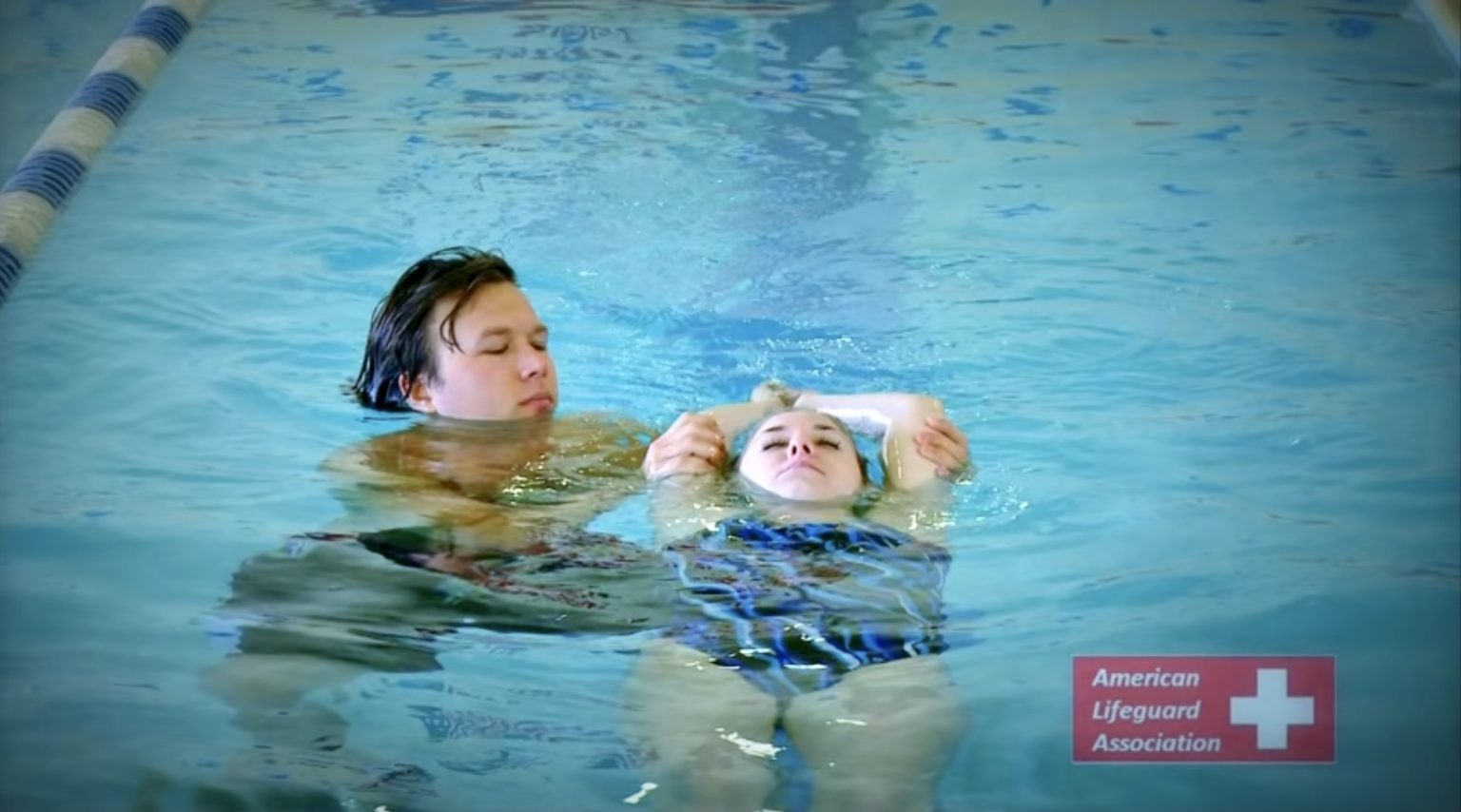
How to Choose the Right Lifeguard Certification Course
Becoming a certified lifeguard is a meaningful and rewarding decision—but with so many training programs available, selecting the right certification course can be overwhelming. The quality of your training directly impacts your preparedness, job eligibility, and confidence in real-life situations.
To make an informed decision, consider the following key factors before enrolling in a lifeguard certification course.
1. Ensure National or Regional Recognition
Start by verifying whether the certification is recognized by employers and regulatory bodies in your country or region. A legitimate program should:
- Comply with local aquatic safety standards
- Be accepted by pools, beaches, and aquatic facilities
- Meet insurance and liability requirements
Pro tip: Research what certifications are commonly required in your area (e.g., by municipalities, public facilities, or aquatic employers).
2. Review Course Curriculum and Structure
A reputable lifeguard course should include comprehensive training in the following areas:
- Water rescue techniques
- Cardiopulmonary Resuscitation (CPR) and Automated External Defibrillator (AED)
- First Aid
- Spinal injury management
- Surveillance and emergency response planning
Ensure the course offers hands-on practice, written assessments, and scenario-based drills, not just theory or video instruction.
3. Check Instructor Credentials
The effectiveness of your training depends heavily on the instructor’s expertise. Look for courses taught by:
- Certified and experienced trainers
- Professionals with real-world aquatic safety experience
- Instructors who emphasize both physical training and critical decision-making
Experienced instructors will not only teach procedures but also share practical insights that textbooks cannot offer.
4. Confirm Physical Requirements
All legitimate lifeguard programs have minimum physical fitness standards. These often include:
- A timed swim (usually between 300–500 meters)
- Treading water for 2 minutes or more
- Retrieval of a weighted object from the deep end
Choose a course that matches your current fitness level, or gives you enough time to prepare for the physical assessment beforehand.
5. Look for Flexible Course Formats
Training schedules vary. Some programs offer:
- Weekend intensives
- Weekday evening classes
- Hybrid formats (online theory + in-person skills)
Evaluate your availability and preferred learning style. Flexibility is helpful, but ensure hands-on practice is not compromised in favor of convenience.
6. Understand Certification Validity and Renewal
Check how long the certification is valid (commonly 1–3 years) and whether:
- Renewal or refresher courses are offered
- Recertification exams are required
- Continuing education options are provided
Selecting a program with accessible recertification options will save time and money in the long run.
7. Compare Costs Transparently
Lifeguard courses vary in price depending on location, duration, and included materials. When comparing courses:
- Factor in fees for certification cards, manuals, or CPR training
- Ask if there are hidden costs (retake fees, equipment, etc.)
- Balance affordability with quality—cheaper does not always mean better
Remember, this is an investment in your safety skills and employability.
8. Read Reviews and Get Recommendations
Before committing, research:
- Online reviews from previous participants
- Recommendations from aquatic employers, coaches, or community centers
- Ratings from certifying organizations or regulatory bodies
Hearing firsthand experiences will help you assess the course’s credibility and teaching effectiveness.
Conclusion
Choosing the right lifeguard certification course is a decision that should be made with care. Focus on accreditation, curriculum, instructor quality, and long-term support. The right course will not only meet official requirements—it will also give you the confidence, skills, and mindset to act decisively when lives are at stake.
